23 October 1778 Friday
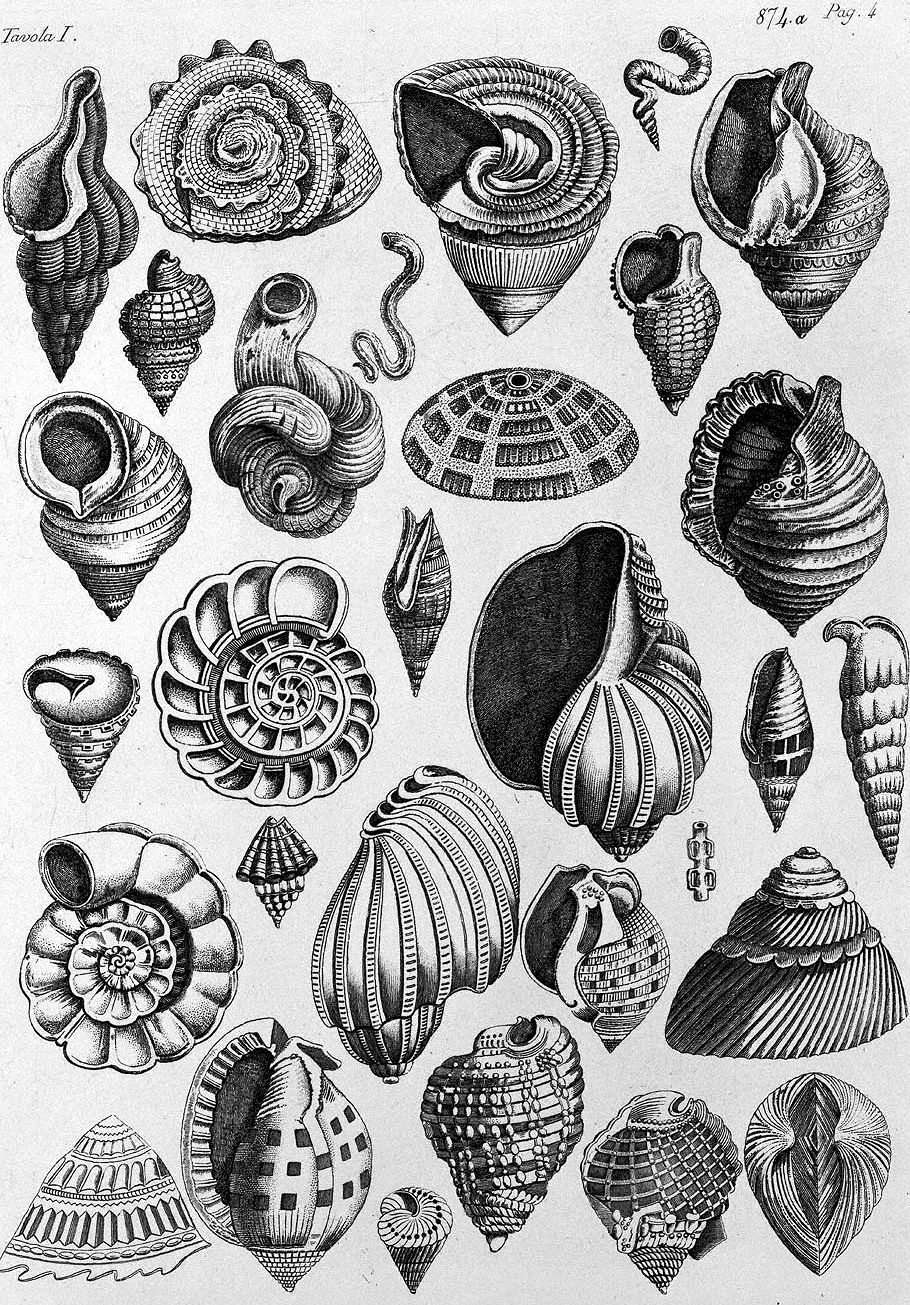
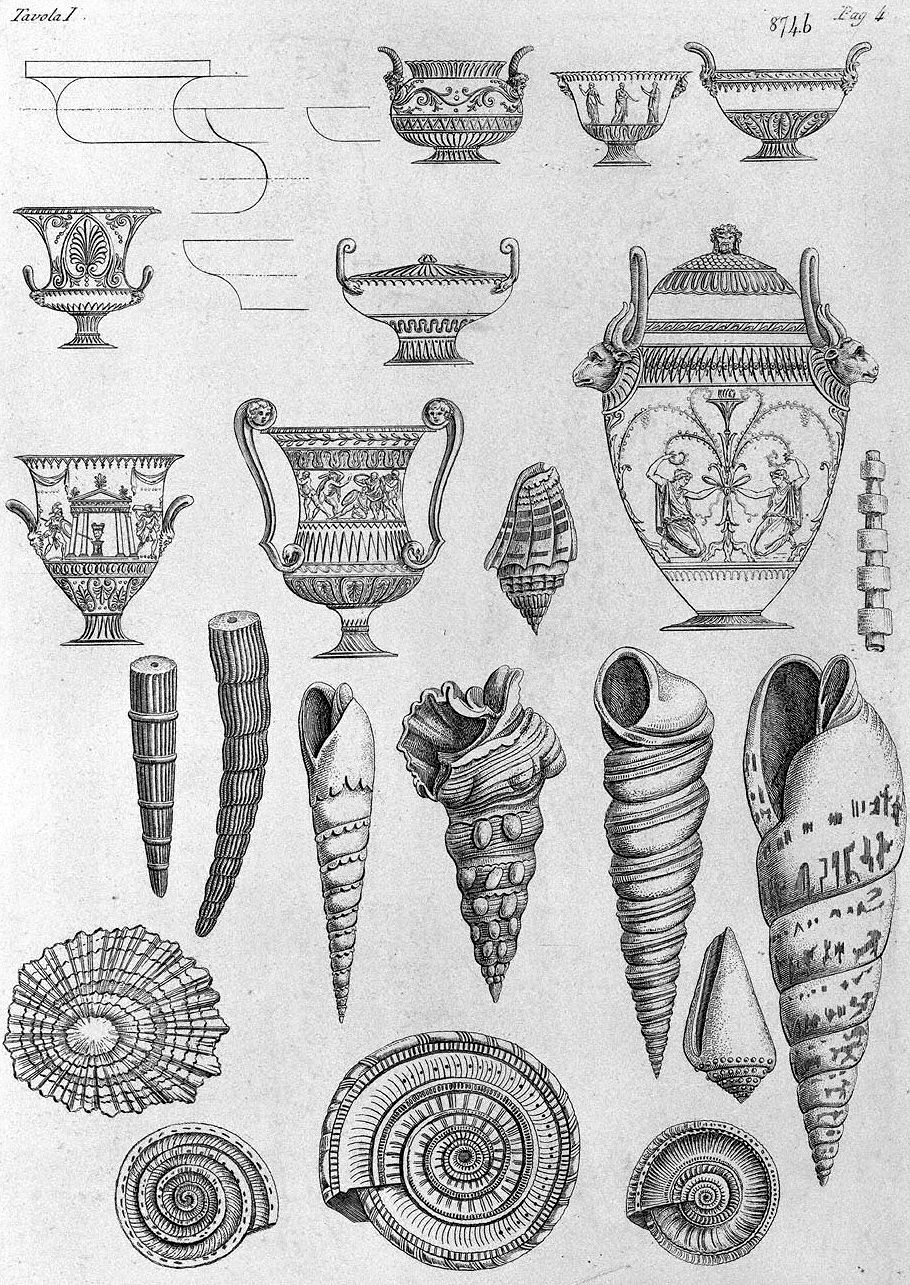
23 October 1812 Friday
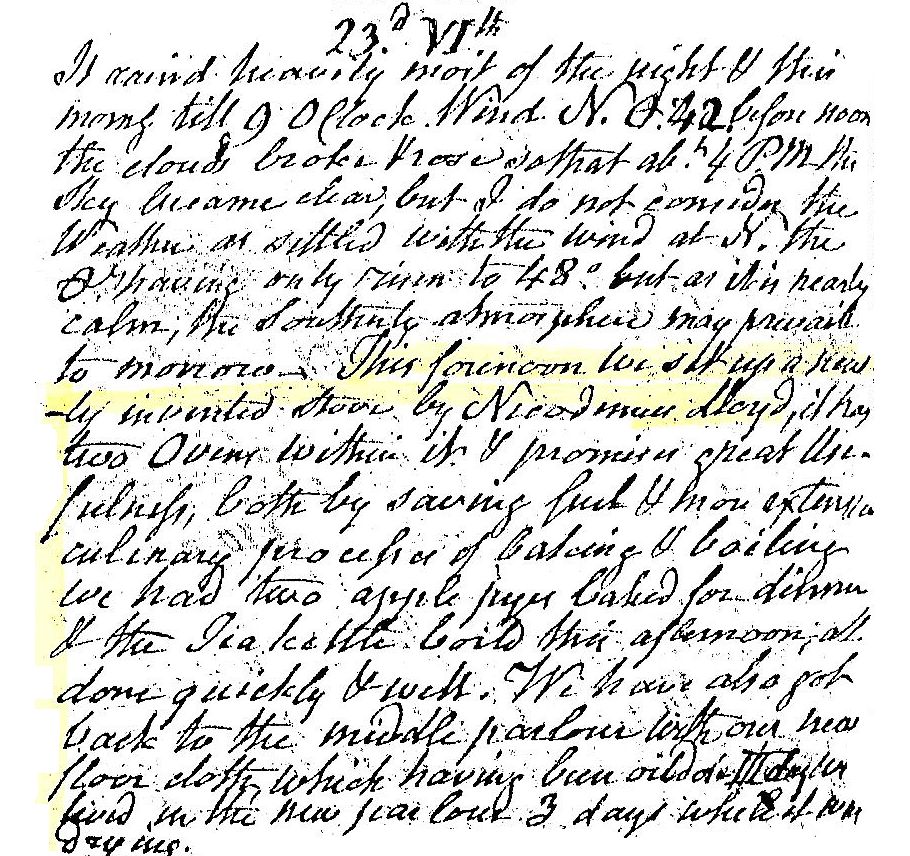
It rained heavily most of the night and the morning till 9 o'clock. Wind N, temperature 42. Before noon the clouds broke and rose so that about 4 PM the sky became clear, but I do not consider the weather as settled with the wind at N. The temperature having only risen to 48°, but as it is nearly calm the southerly atmosphere may prevail tomorrow.
This forenoon we set up a newly invented stove by Nicodemus Lloyd, it has two ovens within it. It promises great usefulness, both by saving fuel and more extensive processes of baking and boiling. We had two apple pies baked for dinner and the tea kettle boils this afternoon; all done quickly and well. We have also got back to the middle parlour with our new floor cloths, which having been oiled on Tuesday we lived in the new parlour 3 days while it was drying.
23 October 1999
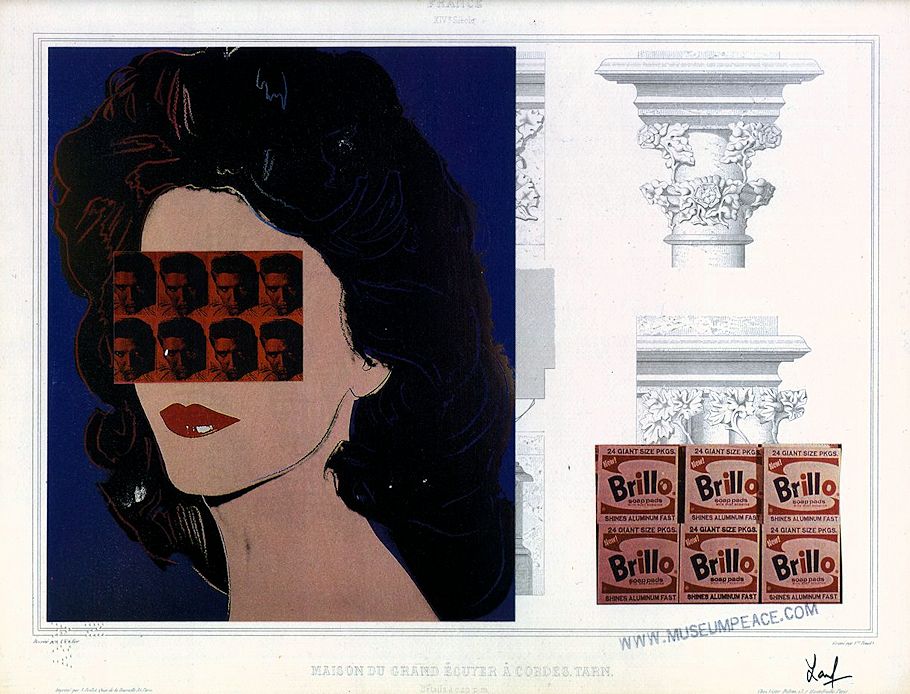
Elvis Fonda Brillo Architecture
23 October 2000
after the last coffin
Sometime in 1999 I mistakenly posted (to another email list) that my grandfather, Georg Brenner, was buried (1945) in a Serbian dug mass grave. I've since asked my mother to clarify this story, and she said, "Oh no, he was buried in Brestowatz (the town), but, it was said 'he got the last coffin.'" Subsequently, the ethnic Germans of Brestowatz were either transported to labor camps in Russia (my mother included) or to a concentration camp in Gakovo, Serbia. Over 400 Germans from Brestowatz are buried in mass graves at Gakovo, including one of my great-grandmothers, two of my mother's aunts and more than a few of my mother's childhood cousins.
Every Father's Day there is a religious pilgrimage here in Philadelphia at St. Peter's Church, where St. John Neumann rests. The pilgrimage is organized by the increasingly fewer surviving Danube-Schwabians living in the Philadelphia area in honor of all the Danube-Schwabians buried in Soviet/Serbian dug mass graves. My mother and I attend almost every year.
23 October 2003
Stan Allen tonight
Allen referred to Piranesi's Campo Marzio Ichnographia as "his subject" at the Eisenman/Krier symposium at Yale last year--this is based (I assume) on his "Piranesi's Campo Marzio: An Experimental Design" as published in Assemblage 10, 1989. I have no idea what Allen's overall thesis is now-a-days. Allen's work in 1989 is now for sure one that was done with incomplete and incorrect knowledge, and (I believe) it is germane to architectural history and theory to correct past mistakes.
23 October 2008
PhD advice
Ultimately, though, it is the accomplishment of giving architecture something it didn't have before that actually matters most. No?
23 October 2009
Really, what boundaries have you pushed?
Is the rollercoaster a boundary? Or is riding the rollercoaster an experience of pushing boundaries?
food for thought:
"Writing in a language never fully his own, Kafka pushes that language further and further in the direction of his own deterritorialization, to the point where it shakes free all literariness, taking on a concrete but strange--surreal? hyperreal?--materiality. Deleuze and Guattari actually characterize Kafka's mode of writing as a "new sobriety." They contrast the rigorous strangeness of his form of literary enunciation with the esoteric and kabbalistic mysticism of Max Brod, his friend and fellow Czech-Jewish writer, the latter attempting to effect a symbolic reterritorialization by artificially enriching the appropriated German language with arcane signifiers. Likewise, citing the parallel instance of two Irish writers, James Joyce and Samuel Beckett, Deleuze and Guattari compare Joyce's excessive, polyglot Irish-English with Beckett's parsimonious English and French: "The former never stops operating by exhilaration and overdetermination and brings about all sorts of worldwide reterritorializations. The other proceeds by dryness and sobriety, a willed poverty, pushing deterritorialization to such an extreme that nothing remains but intensities."
--Ockman
"We happen to be fundamentally interested in challenging and advancing typologies. So from day one we were much more interested in "OK, this has to be a flexible theater. What does that mean? How do we do that? How do we make that happen."
--Prince-Ramus
23 October 2022 Sunday
The candelabra featured yesterday is presently in the collection of the Louvre. Perhaps the Louvre should make an earnest effort to find Francesco's unmarked grave, and in the meantime send the candelabra to Rome to stand by Piranesi's tomb until Francesco's grave is found, and then the candelabra returns to Paris to stand there. Alternatively, the Louvre could re-christen the candelabra Francesco's Cenotaph.
23 October 2023 Monday
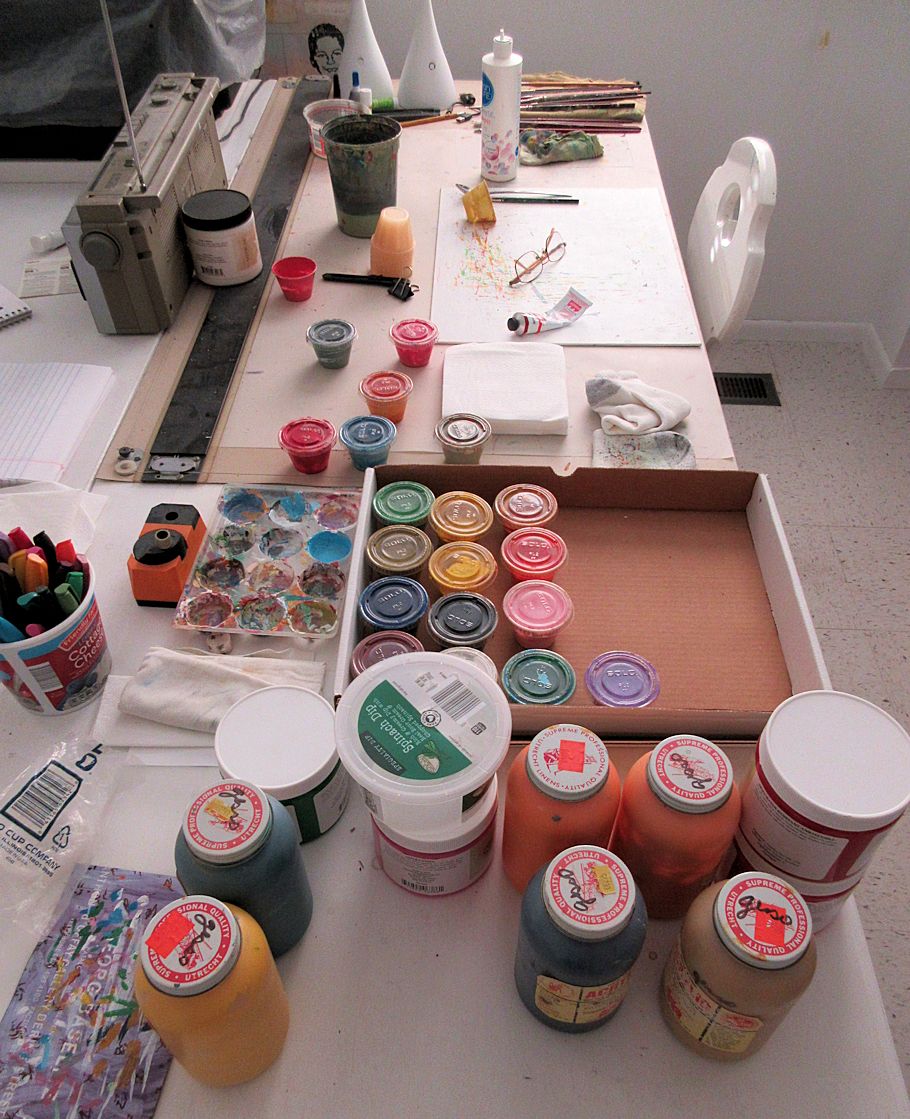
|